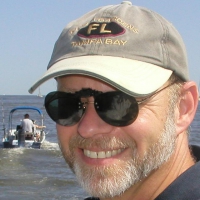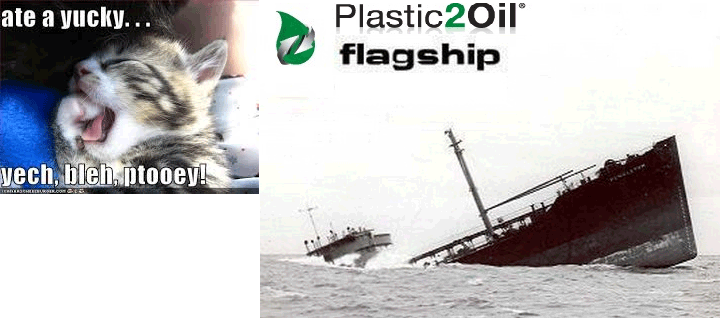
I apologize for misstating where the southern feedstock was coming from. It was not Missouri. It was Mississippi. So the connection to Rauber/Bogolin and Crayola was bogus. Perhaps Mr. Bogolin was responsible for locating the source, but it does not look like it was something found in his backyard.
Nonetheless, the majority of feedstock from the U.S. originated in Mississippi. From the DEC filing:
ftp://ftp.dec.state.ny.us/dshm/SWMF/MWC/MWC%2...202012.pdf
From Mississippi 532,285 lbs.
From Pennsylvania 299,810 lbs.
From New York (Erie County) 104,426 lbs.
From Canada 860,905 lbs.
Why was so much feedstock originating in Mississippi? Do we know who supplied that feedstock? Why the need to go so far to find suitable feedstock. Was this purchased feedstock?
I am not bashing. I am trying to find answers. Excuse me if I find it necessary to point out the negatives. It is very easy to point out the positives. There are plenty of them and this board applauds them all. As an investor I like to understand the things that do not make sense.
About those crayons:
Crayons are composed of 5% inert clay, paper and mostly (93%+) polyethylene which resulted in a higher residue rate.
The crayons are being processed by P1 by feeding them directly into the reactor. That makes sense - they're easy to melt and probably don't need any HTF added.
I love the positive public image that the Crayola program brings/will bring to the company. It will make a lot more sense to process crayons once the system is able to remove residue on-the-fly.

